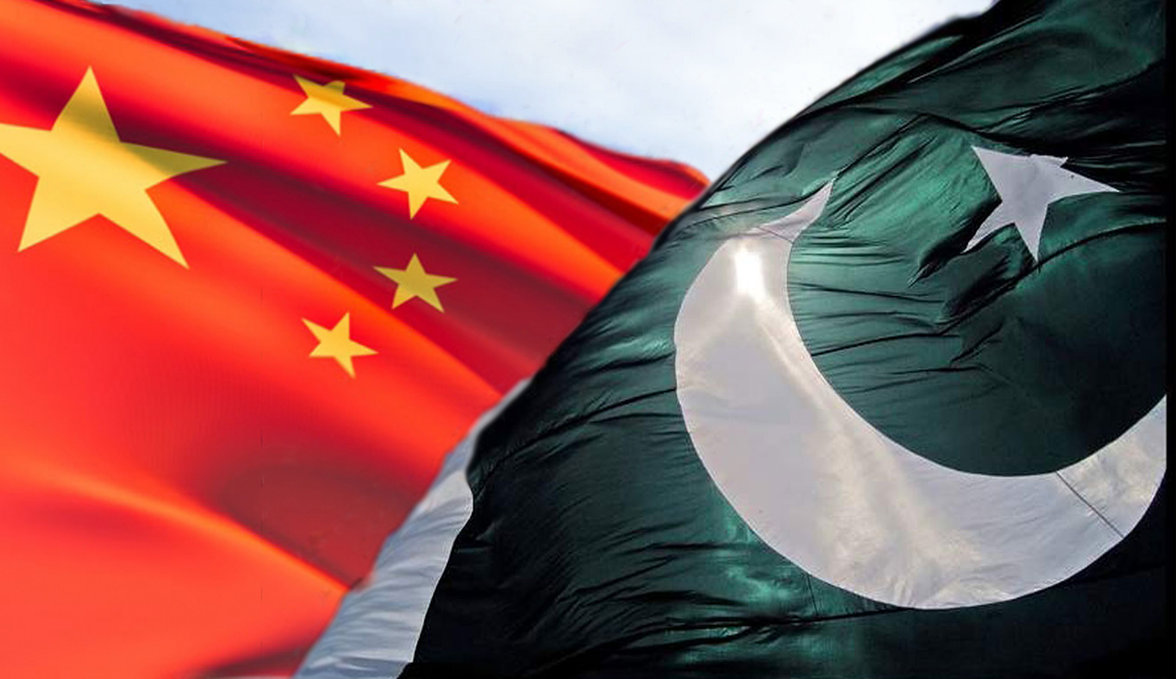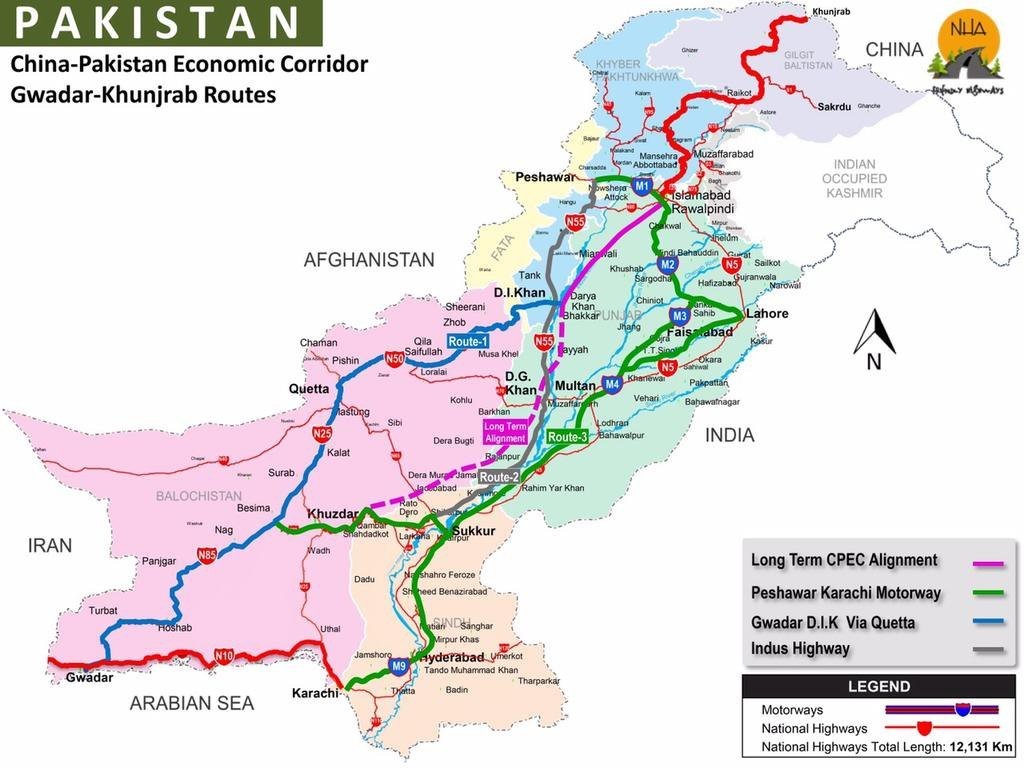Pakistan our Iron brother: China
August 3, 2018 | Expert Insights

China has stepped up and reinforced its geopolitical alliance with Pakistan by lending the nation $2 billion to support its dwindling foreign-exchange reserves.
Background
The relationship between China – Pakistan relations first began in the 1950s. Pakistan was one of the first countries to recognize the People’s Republic of China regime and to end diplomatic relations with the Republic of China (Taiwan). Subsequently, in 1956, Pakistani Prime Minister Huseyn Shaheed Suhrawardy and Chinese Premier Zhou Enlai signed the Treaty of Friendship between them, thus upping bilateral ties. During the Sino – Indian war in 1962, both China and Pakistan combined to counter India and the Soviet Union in their border dispute. In the subsequent year, Pakistan ceded the Trans-Karakoram Tract and ending their border dispute with China.
The principle of preserving self-interests form the key axis of bilateral ties between the two countries. Pakistan serves as China's chief bridge to the Islamic world. China has also been one of the key trading partners of the country. The China-Pakistan Economic Corridor (CPEC) has brought about a radical change in Pakistan. The CPEC aims to connect Pakistan with China and the Central Asian countries through a highway connecting Kashgar to Khunjerab and Gwadar port. This will result in Pakistan serving as the trading nerve centre, specifically for oil.
Military ties between that countries have also remained strong. The primary aim of military relations has been to counter regional Indian and American influence. China supports Pakistan's stance on Kashmir, while Pakistan supports China on the issues of Xinjiang, Tibet, and Taiwan.

Analysis
China has agreed to loan out $2 billion to Pakistan in an effort to avert the crisis in managing its balance of payment. This gesture comes at an opportune moment as U.S. President Donald Trump has cut military aid to Islamabad.
In July 2018, Pakistan’s foreign currency reserves tumbled to $10.3bn from $16.4bn in May 2017. The Ministry of Finance and the State Bank of Pakistan (SBP), have characterised this loan as an “official bilateral inflow”. As a result of the loan, the currency rose 3% to close at 124 per dollar. Incidentally, the rupee has jumped the most, nearly a decade after the reports of the loan surfaced.
In the past nine months, the country has taken several measures to save itself from a balance of payment crisis even by increasing tariffs of more than 200 luxury items. Based on document review of the Finance Ministry by Reuters, Pakistan has taken bilateral loans worth $1.2bn from China in the past six months till the end of March. In this period, the finance minister also added that they have borrowed about $1.7bn in commercial loans, from Chinese banks. Governor Tariq Bajwa of State Bank of Pakistan told Financial Times that, the country had indeed borrowed $1bn in April from Chinese banks to buffer its reserves. The present $2bn loan is an addition to the previous loans taken by Pakistan.
In the recent general elections in Pakistan, Imran Khan and his Tehreek-e-Insaf, or Movement for Justice won the most seats. After the victory, in a quick public response, he stated, “Our neighbor is China, we will further strengthen our relations with it”. He also added that “The CPEC project which China started in Pakistan will give us chance to bring in investment to Pakistan.” Geng Shuang, the spokesman of the Chinese foreign ministry, welcoming the new government.
Counterpoint
In an exclusive interview with CNBC, Pompeo criticised the idea of an International Monetary Fund (IMF) bailout for Pakistan. The remarks were specifically pointing to China and how it would benefit from such a deal.
“Make no mistake, we will be watching what the IMF does,” the diplomat said, in response to reports that Pakistan is planning to request a bailout package of up to $12 billion to shore up its depleted currency reserves and indebted economy.
“There’s no rationale for IMF tax dollars — and associated with that, American dollars that are part of the IMF funding — for those to go to bail out Chinese bondholders or China itself.”
Assessment
Our assessment is that China had made its intent to uphold the “Iron brother” status with its all-weather ally Pakistan clear, with the proposed $2 billion loan just days after the election of a new Pakistani premier. We believe Khan has equally outlined the importance of its relationship with China soon after the results were announced. We feel Pakistan is quite upbeat about the US$ 3 trillion investments in the OBOR project and CPEC is one of the significant components of this initiative.








Comments